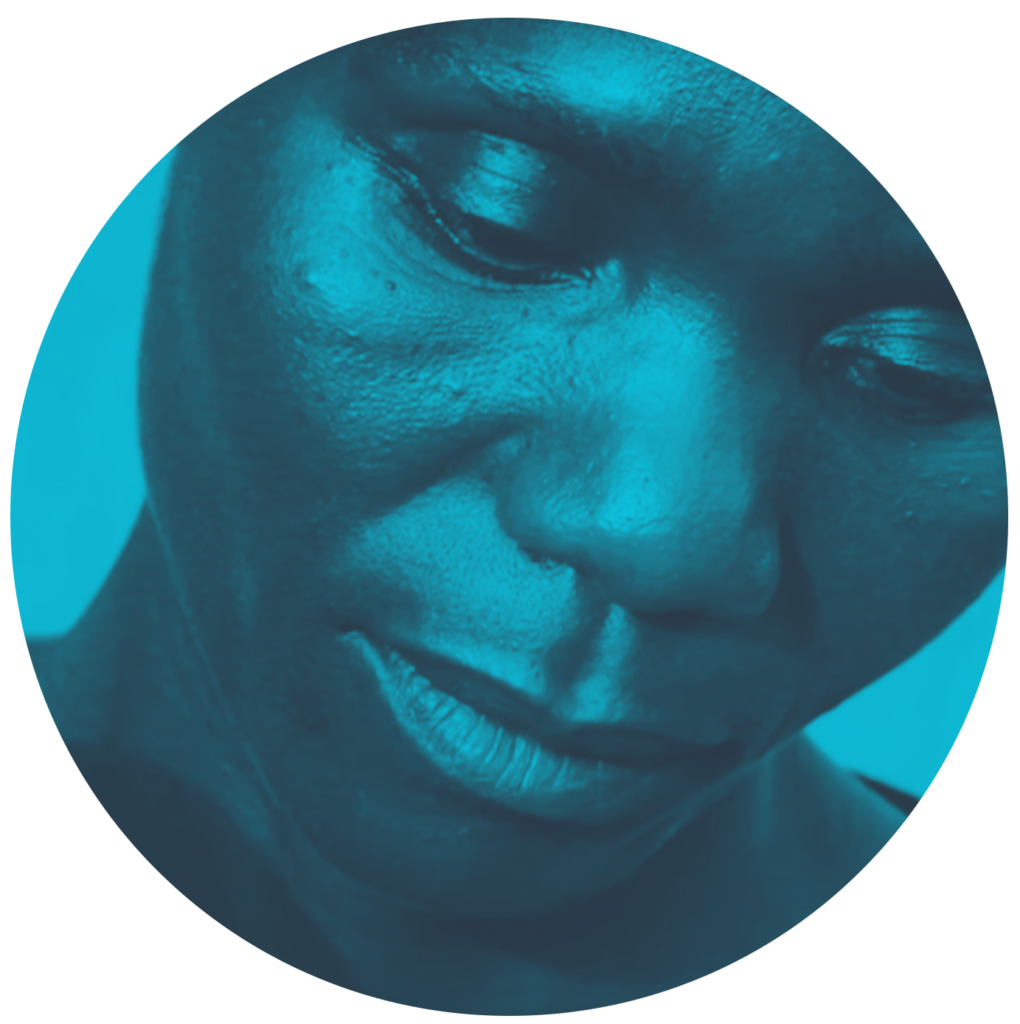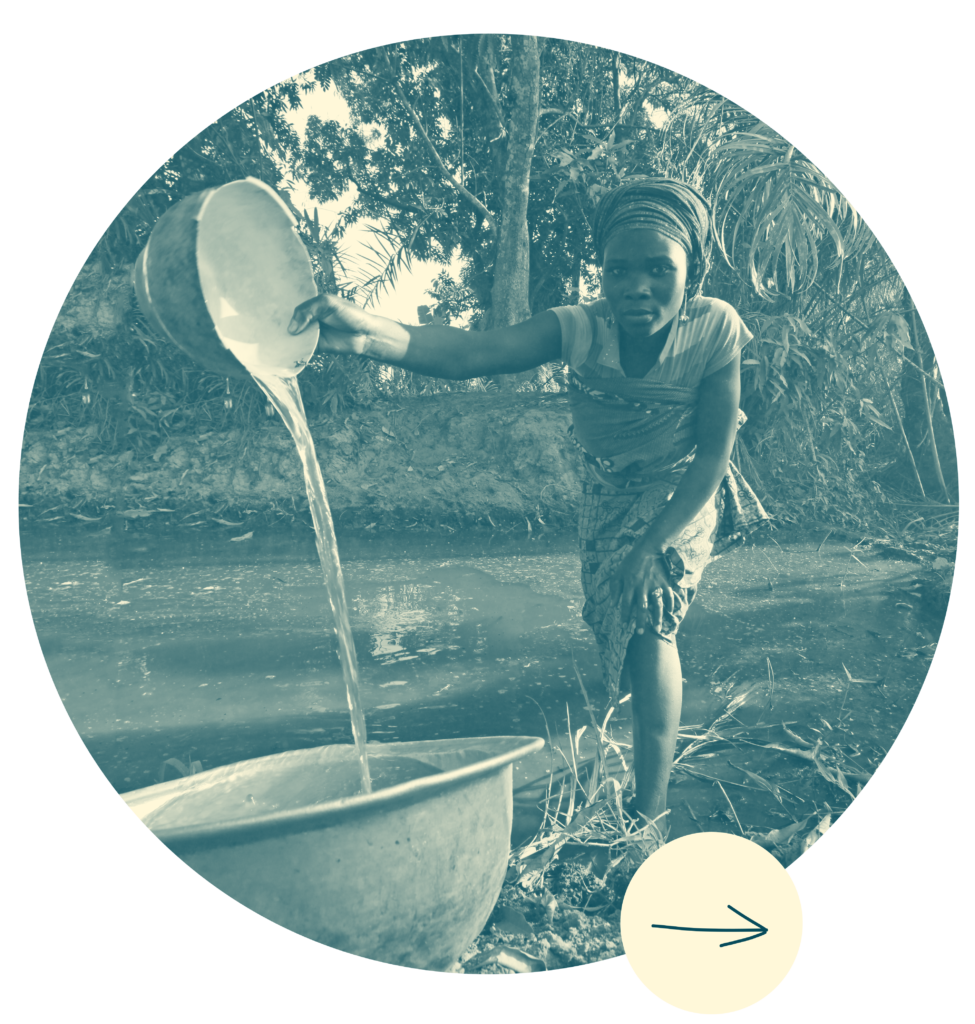the Problem
The global water crisis claims 3.4 million lives each year. To us, it’s not just a statistic. It’s 3.4 million people with names, families, hopes and dreams. When confronted with this reality, we must respond. This is not someone else’s crisis…it’s all of ours.
The Water Crisis
Did you know that more than $1.2 billion worth of water infrastructure investment has been wasted over the last 20 years on water wells that sit broken today? Charity alone will never solve the water crisis. Charity is effective when it’s used to empower local people with the opportunity to solve their own problems in ways that can be self-sustained locally.
Will you join us in empowering more local heroes to be the solution to their water crisis? When those that have the need become the solution, they will make the water crisis history once and for all.
How Can We Solve This?
Market Based Safe Water
“We’re committed to local people solving local problems with local resources. We’re committed to working through the capacity, strength and greatness of ordinary people to do whatever it takes to see a world where every last person has abundant access to safe water.”
Matt Hangen
President & CEO
The Human Crisis
- Women bear 62 percent of the responsibility of collecting water in Sub-Saharan Africa. (UNICEF)
- Basic hygienic practices by birth attendants can reduce the risk of infections, sepsis and death for infants and mothers by up to 25%, yet many health facilities lack even basic water and sanitation facilities. (WHO)
- A World Bank evaluation of 122 water projects found that the effectiveness of a project was six to seven times higher where women were involved than where they were not. (WORLD BANK/UNICEF)
- About 44 million pregnant women have sanitation-related hookworm infections that pose a considerable health burden in developing societies. (UNICEF)
- 844 million people lack a basic drinking-water service. (WHO)
- 842,000 deaths from diarrheal diseases each year could have been prevented by improved water, sanitation and hygiene. (WHO)
- Almost 240 million people are affected by schistosomiasis – an acute and chronic disease caused by parasitic worms contracted through exposure to infected water. (WHO)
- Globally, at least 2 billion people use a drinking-water source contaminated with feces. (WHO)
- Lack of access to safe, clean drinking-water and basic sanitation, as well as poor hygiene cause nearly 90% of all deaths from diarrhoea. (UNICEF/WHO)
- In low and middle-income countries, 38% of health care facilities lack an improved water source, 19% do not have improved sanitation, and 35% lack water and soap for hand-washing. (WHO)
- 801,000 children under five years of age die every year from diarrhea related illness. (UNICEF)
- Contaminated water can transmit diseases such as diarrhea, cholera, dysentery, typhoid and polio. Contaminated drinking water is estimated to cause 502,000 diarrheal deaths each year. (WHO)
- In children under five years old, 361,000 deaths could be prevented, representing 5.5% of deaths in that age group. (WHO)
- Globally, an estimated 2,000 children under the age of five die every day from diarrhoeal diseases and of these some 1,800 deaths are linked to water, sanitation and hygiene. (UNICEF)
- Almost 90% of child deaths from diarrhoeal diseases are directly linked to contaminated water, lack of sanitation or inadequate hygiene. (UNICEF)
- Diarrhoeal deaths have decreased in children, reducing from 1.2 million per year in 2000 to about 760,000 a year in 2011. (UNICEF)
- Every 20 seconds a child dies as a result of poor sanitation. (UN WATER)
- When girls enter puberty they are often forced to skip classes or drop out of school, because there are no separate toilets for them which guarantee a minimum of privacy. (UNICEF)
- 443 million school days are lost each year due to waterborne illness. (UNDP Human Development Report)
- Girls often have to walk long distances to fetch water and firewood in the early morning. After such an arduous chore, they may arrive late and tired at school. Being ‘needed at home’ is a major reason why children, especially girls from poor families, drop out of school. (UNICEF)
- Enrollment rates for girls have been shown to improve by over 15% when provided with clean water and toilet facility, because girls no longer have to walk miles every day to fetch water. (UNICEF)
- Children – and particularly girls – are denied their right to education because their schools lack private and decent sanitation facilities. (WHO/UNICEF)
- Poor farmers and wage earners are less productive due to illness, health systems are overwhelmed and national economies suffer. (UNICEF)
- 40 billion work hours are lost in Africa each year to the need to carry water. (UNICEF)
- Universal access to safe water and sanitation would result in $32 billion USD in economic benefits each year from reductions in health care costs and increased productivity from reduced illness. (WHO)
- 58% of diarrheal deaths can be averted through safe drinking-water, sanitation and hygiene. (WHO)
- 32 percent of the world’s population – 2.4 billion people – lack improved sanitation facilities. (WHO/UNICEF)
- 80% of diseases in developing countries are caused by unsafe water and poor sanitation, including inadequate sanitation facilities. (UN WATER)
- In Africa, 42% of health facilities do not have access to an improved water source within 500 meters. (WHO)
- Globally, 15% of patients develop an infection during a hospital stay, with the proportion much greater in low-income countries. (WHO)
- 842,000 deaths from diarrheal diseases each year could have been prevented by improved water, sanitation and hygiene. (WHO)







